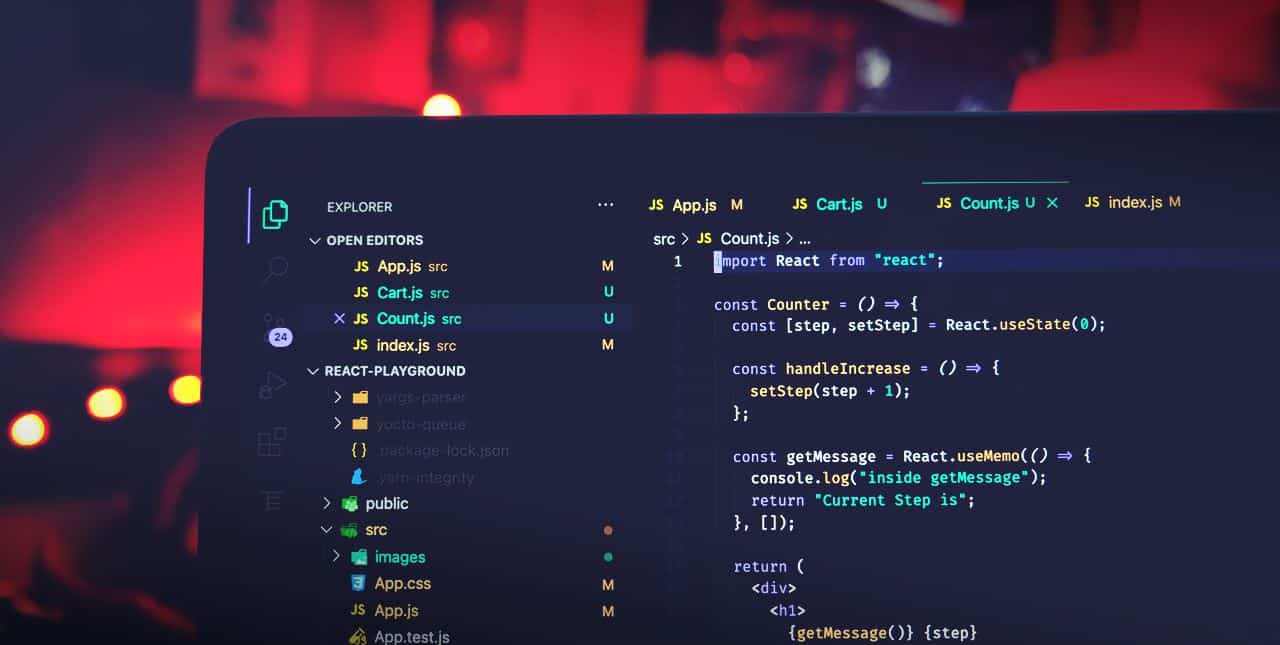You already have your tech stack defined, with Vue being your ultimate choice. That’s great, but how to plan your app’s development to avoid the common traps and make the most of it at the lowest budget? That’s the question we’ll try to answer in this article. Keep reading to find out!
JavaScript remains the first choice of those who want to develop a powerful and efficient application that will scale easily in the future. Community support is not without importance, but the main aspect that draws them is the broad choice of frameworks and libraries available. They significantly shorten the development process, allowing the developers to work with already established structures instead of creating them from scratch. And that, of course, means significant savings. No wonder that JavaSript keeps attracting businesses across sectors.
What Makes Vue Stand Out?
Among various frameworks that JavaSript has to offer, Vue is one of the most popular, offering the development teams a ready-made set of tools to work with, suitable particularly for developing single-page applications (SPAs). These simplified web apps operate within a single web page, fully loading from the beginning, with further content updates handled dynamically without reloading the whole page over again.
This approach results in a better user experience and prevents the application from overloading. Companies appreciate that aspect, moving to the SPA model (Uber or X can be an example), and Vue is the best tool to work with in this respect.
The developer community appreciates its flexibility and agility, actively contributing to the further growth of this popular framework. First released in 2014, Vue is a relatively new framework but has already gathered a solid group of staunch supporters.
Planning Your Vue Application
The first stage of planning your Vue application is quite universal, using the essential elements of the ideation and definition phase. However, due to its specifics, the use of vue enforces some essential steps we will describe below.
1. Define Your Product
At the beginning of the production process, you should shape your idea by brainstorming, then defining your target audience, competition, and goals. You should end up with an MVP containing the essential features to provide value to users, which you will later design.
2. Plan Your Data Structure
If you chose Vue, you likely will want your application to be dynamic, with various elements updated in real-time. Will you include the components that require external data sources to update their state? Or will you only need access to internal datasets? Once you define your data structure, it’s time to think about how you will integrate them into your application. Plan your APIs and the tech stack you’ll need to create them (node js could be a good example). Another tool that might be helpful is Vuex, a state management library perfect for more complex applications.
3. Plan Your Component Structures
Using Vue for a single-page application, you will probably organize its architecture into components, which is a smart, efficient way to build software solutions promoting code reusability and reducing developer’s efforts. Before you head into the development phase, plan and describe their hierarchy, defining parent and sibling components and the way they interact with each other.
4. Choose Your Libraries
There are various libraries you can pair with Vue to shorten the development process and ensure better results. One of them is BootstrapVue, a library that allows you to employ one of the most popular front-end CSS libraries, Bootstrap v4, into your Vue framework and enjoy its collection of syntax for mobile-first template designs. For native mobile application development, you may also try out Nativescript-Vue.
5. Plan the Routing
Vue state management relies on client-side routing, dynamically updating different views within the application instead of reloading the whole page. It is essential to identify different views or pages of your application and plan how users will navigate between them. Then, choose your Vue routing solution to handle those.
You made it! With such a plan, vue development will be a piece of cake, whether you do it yourself or with an external team.




